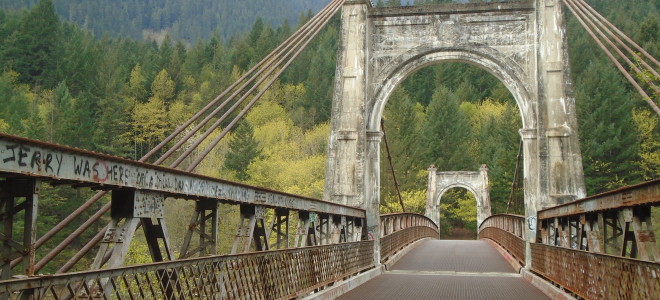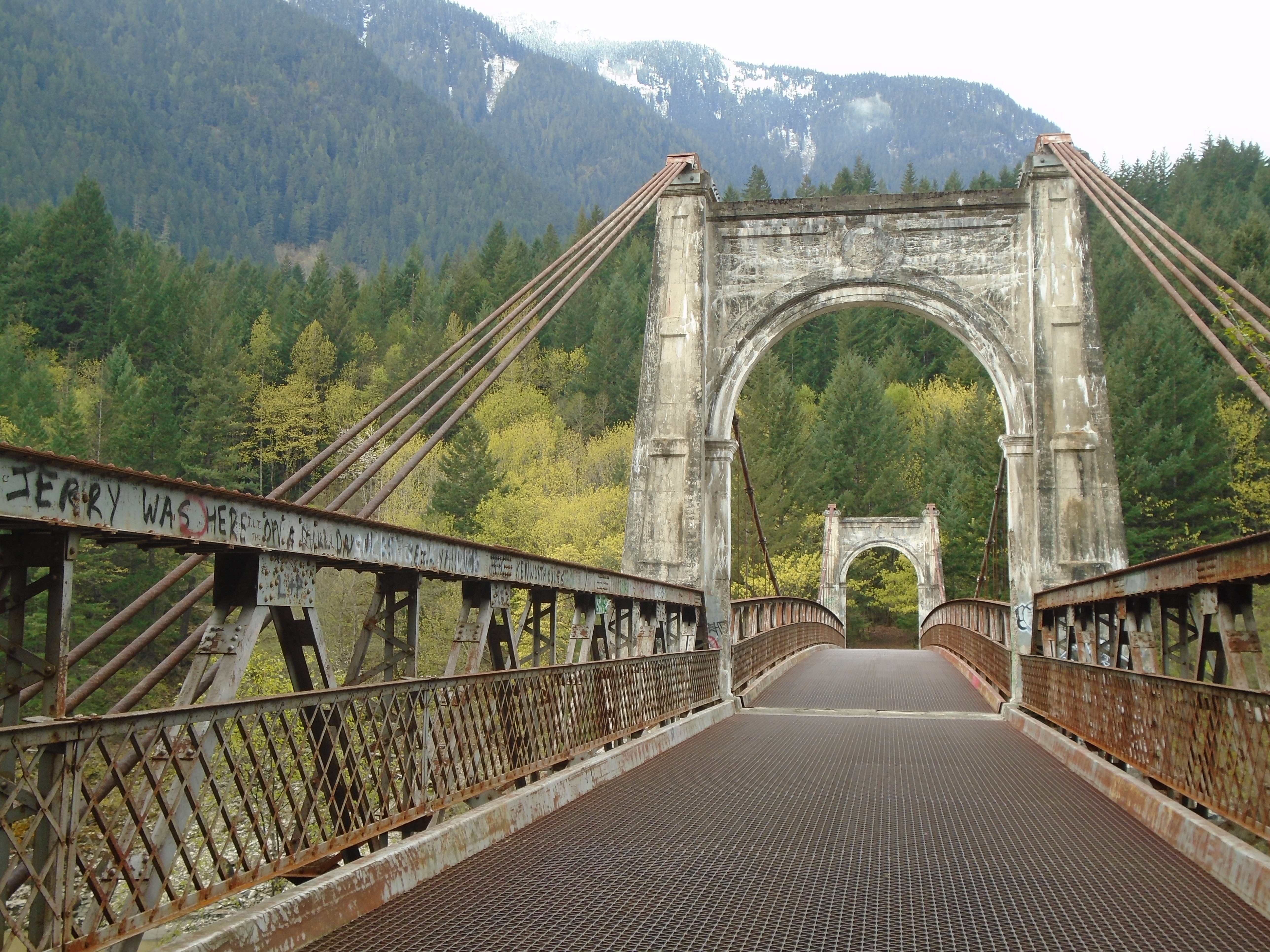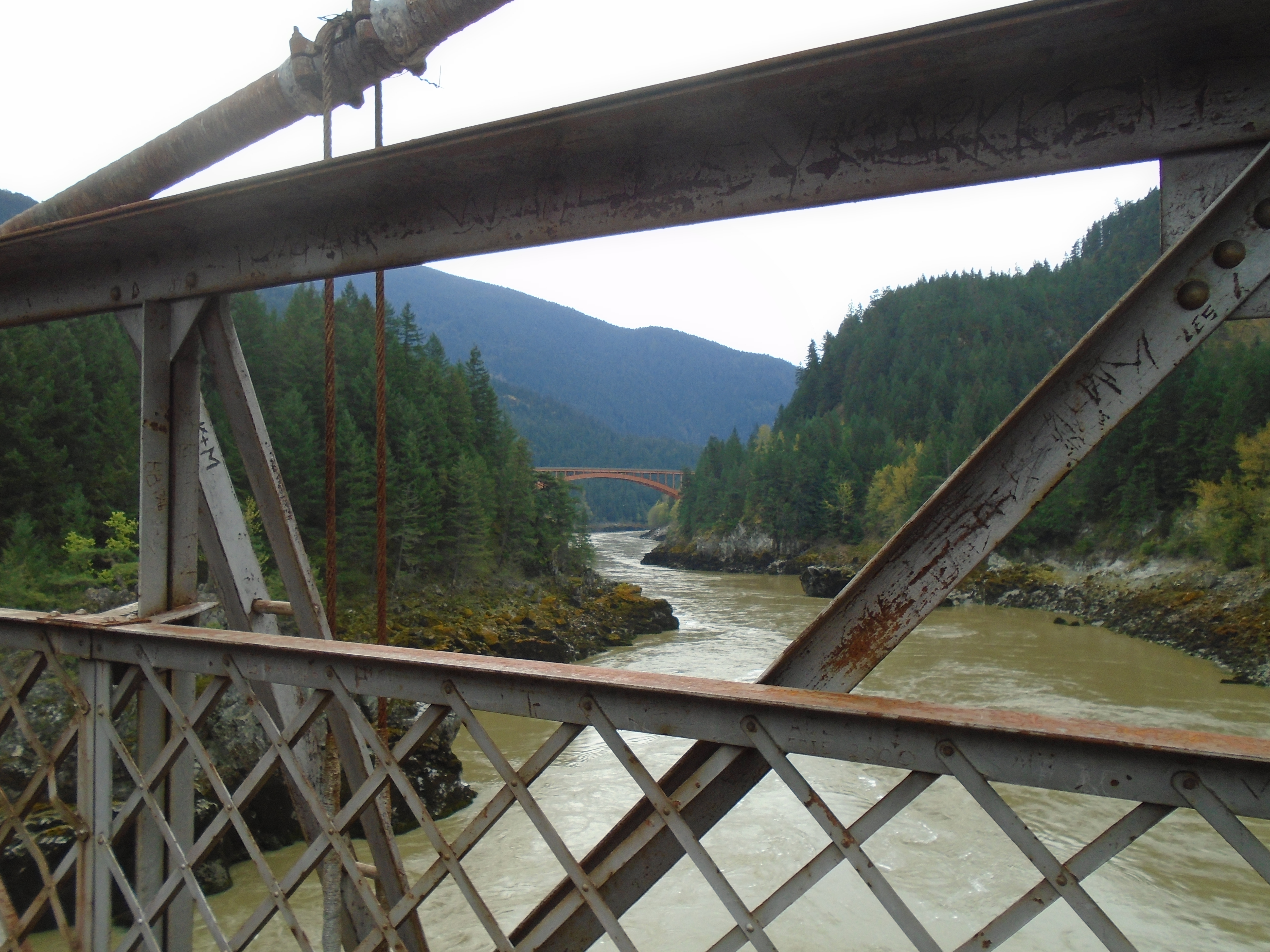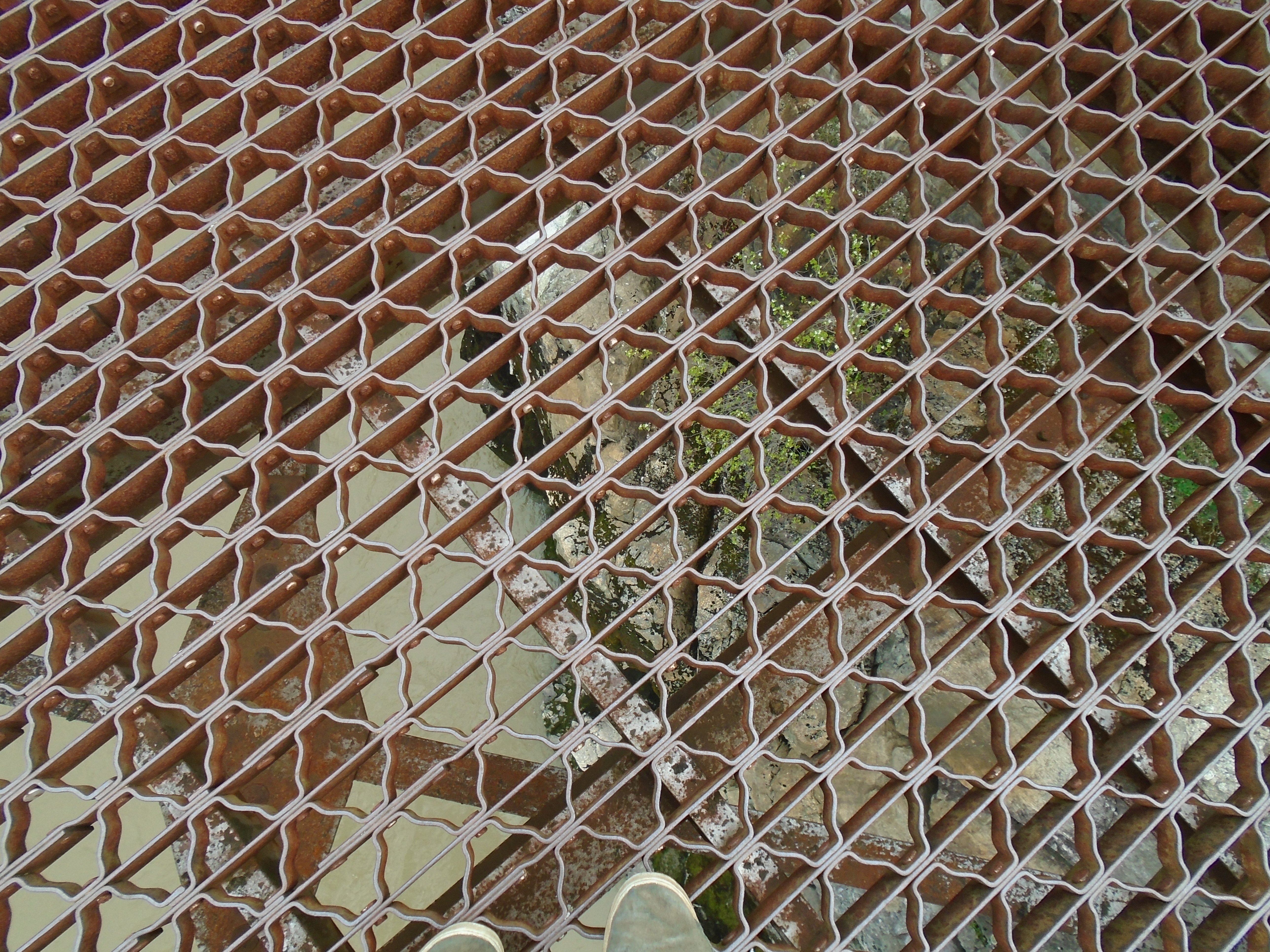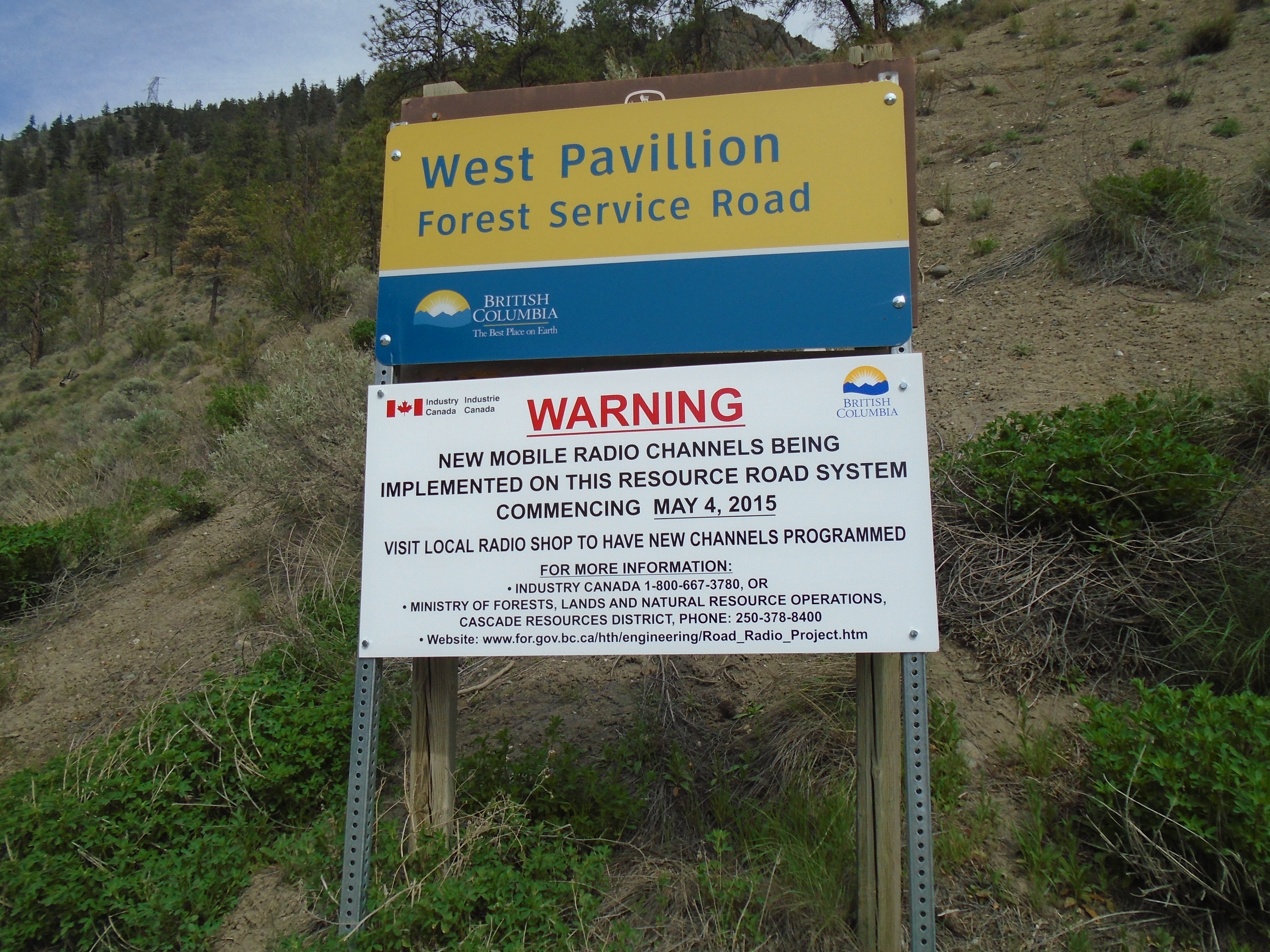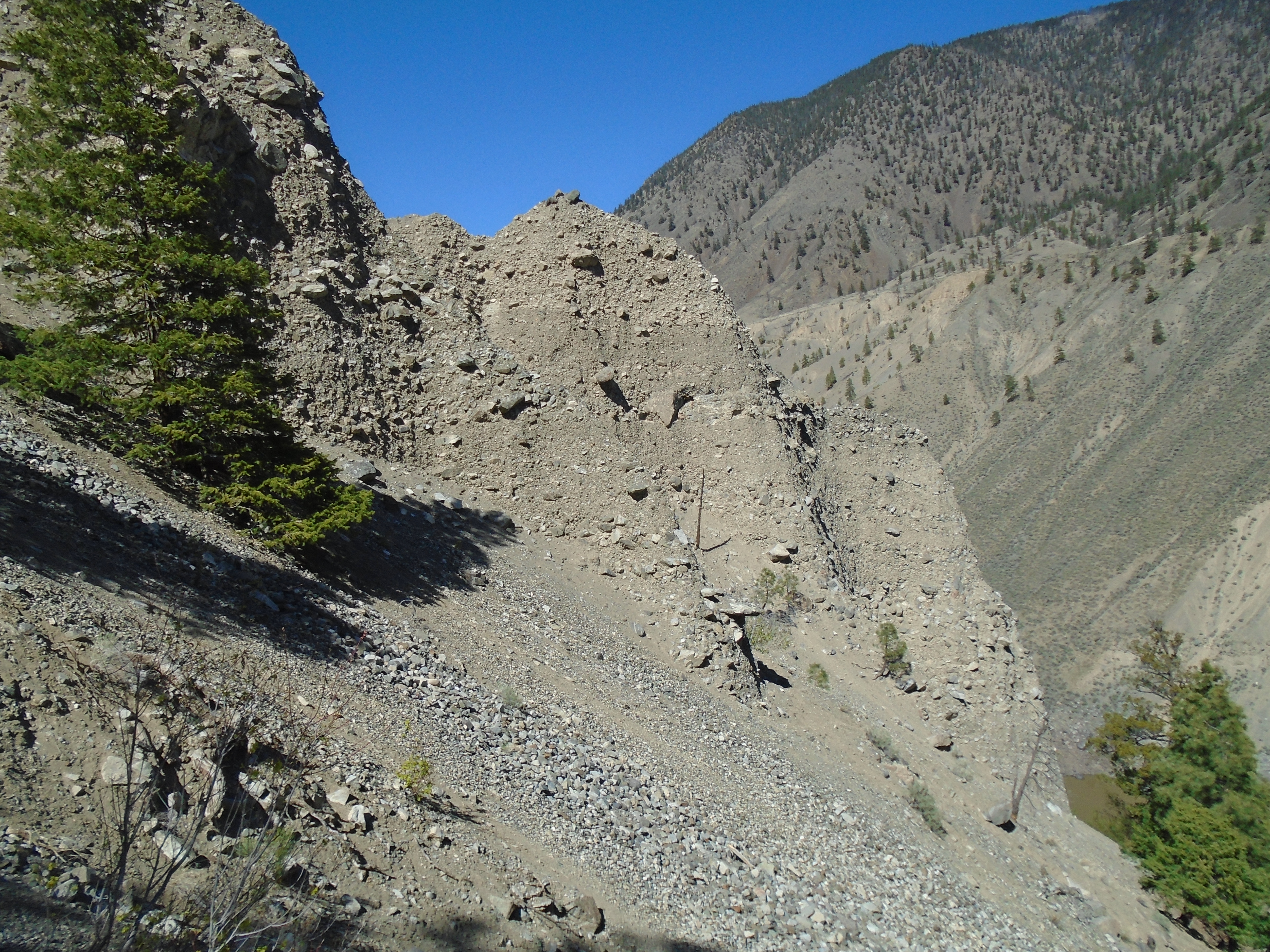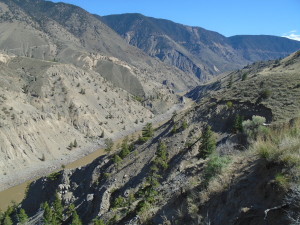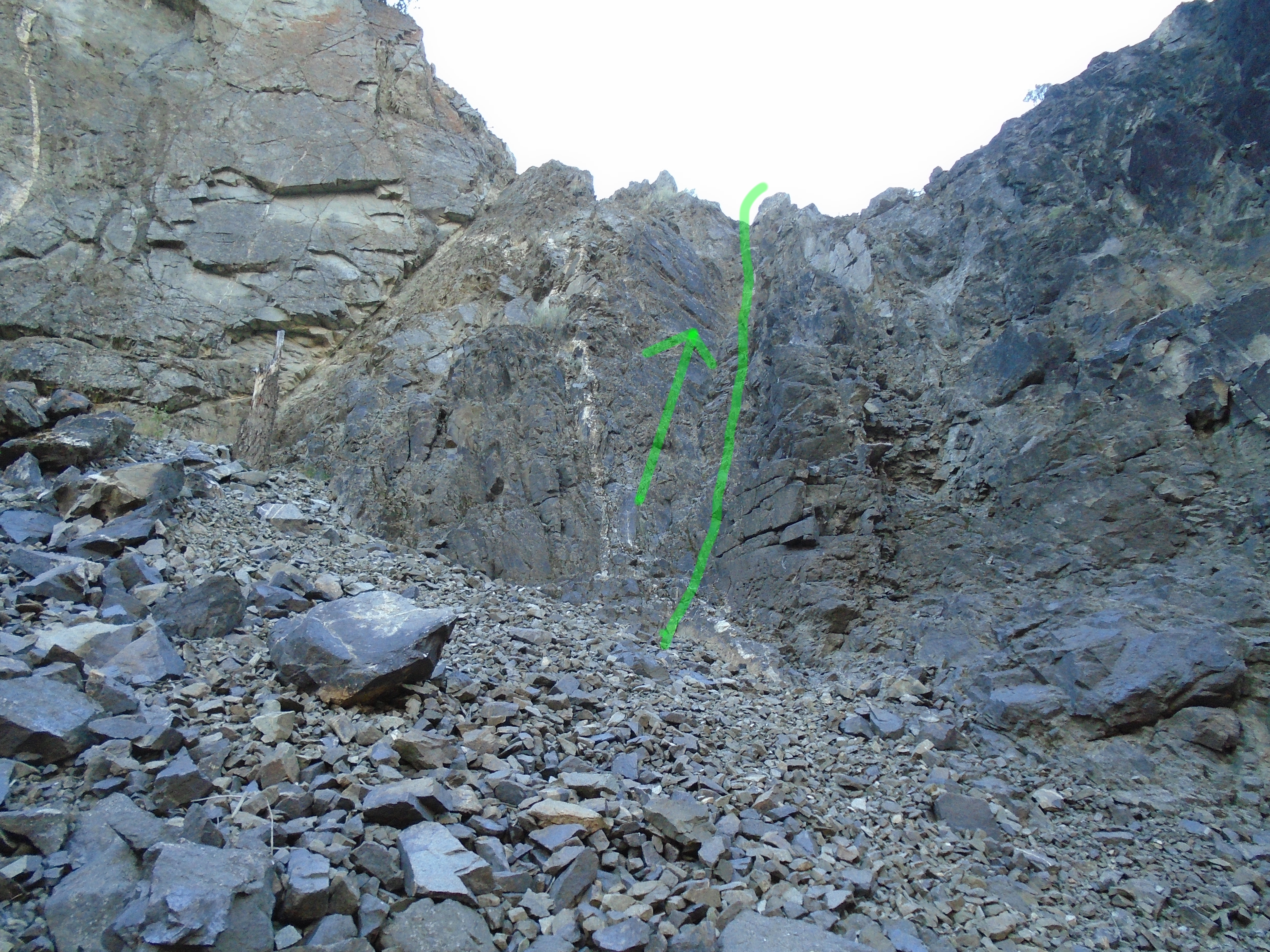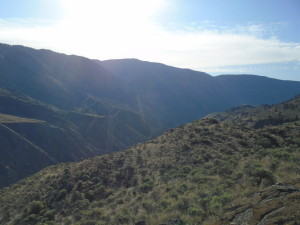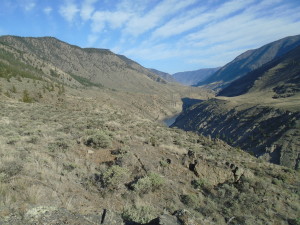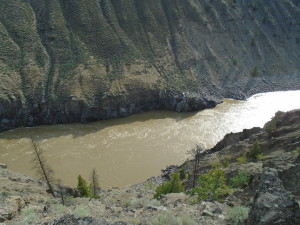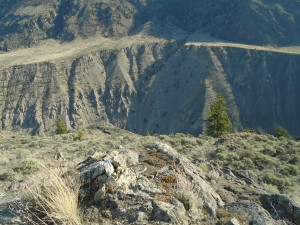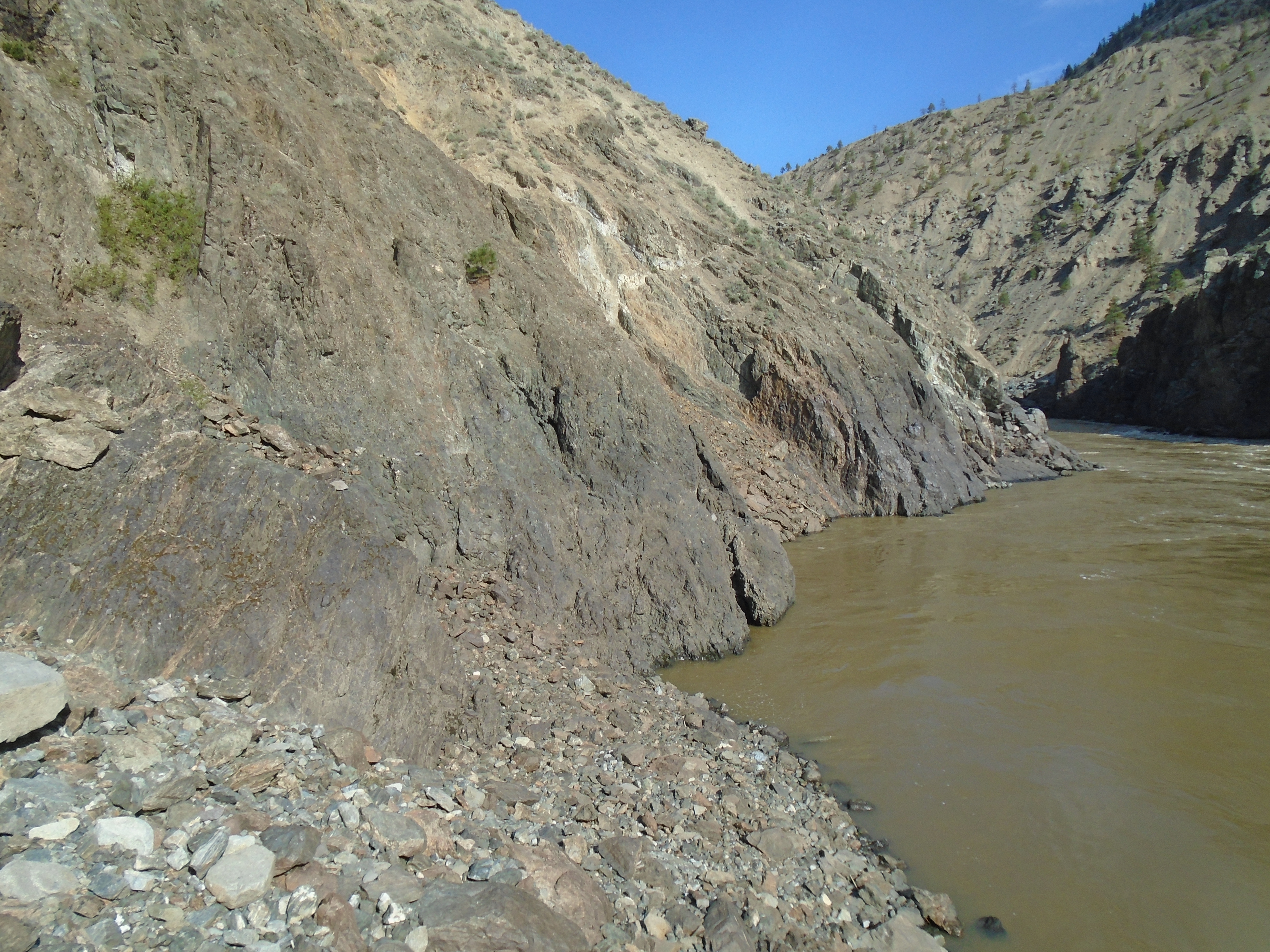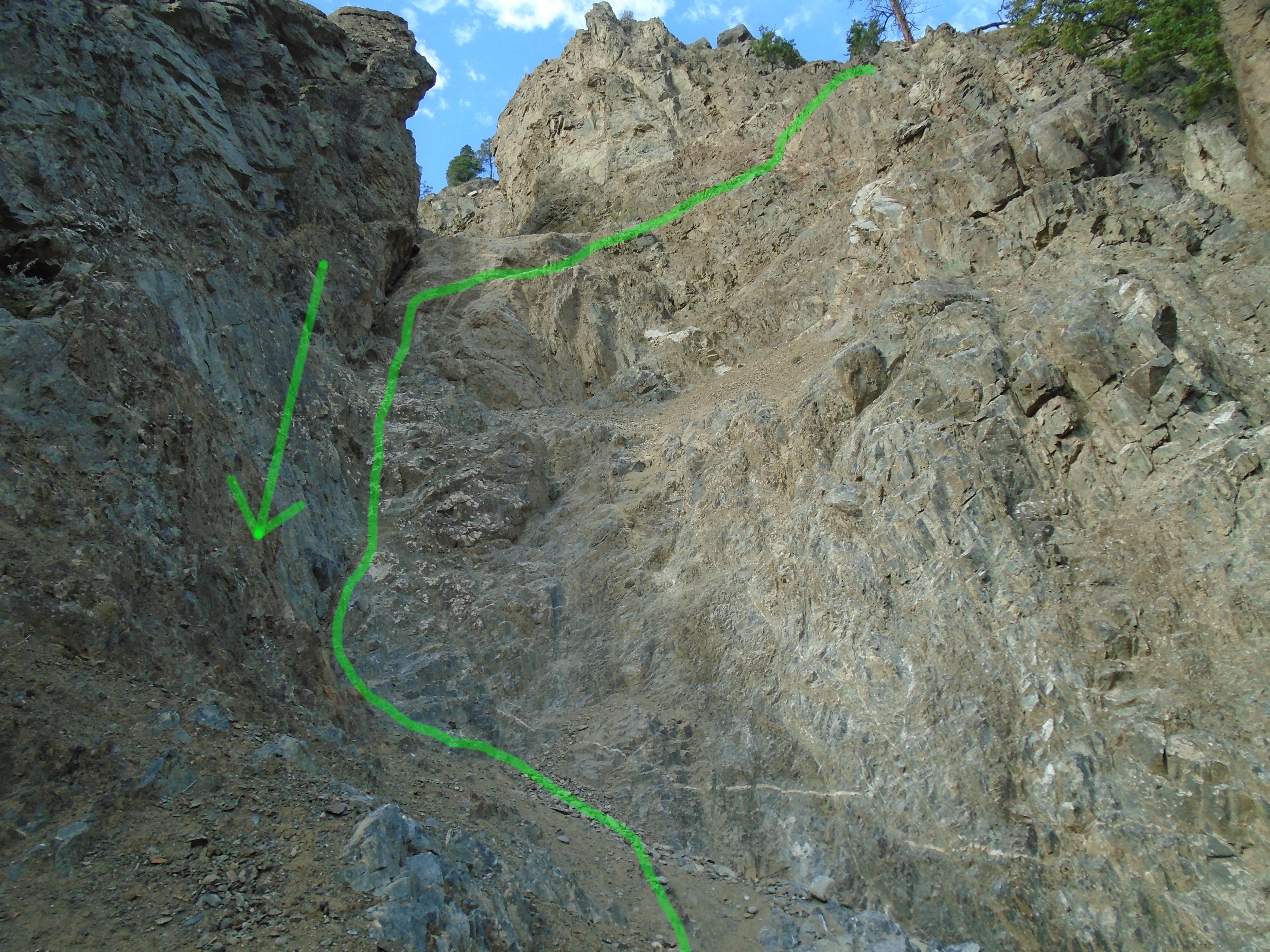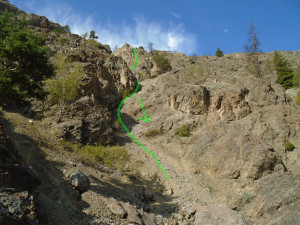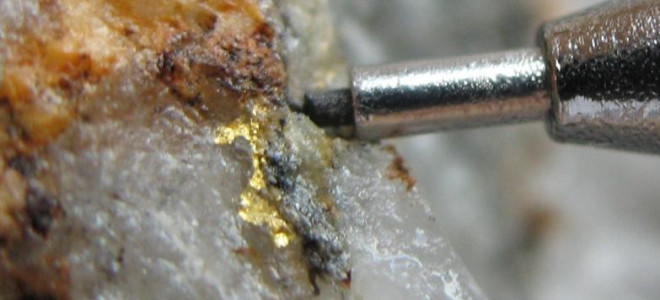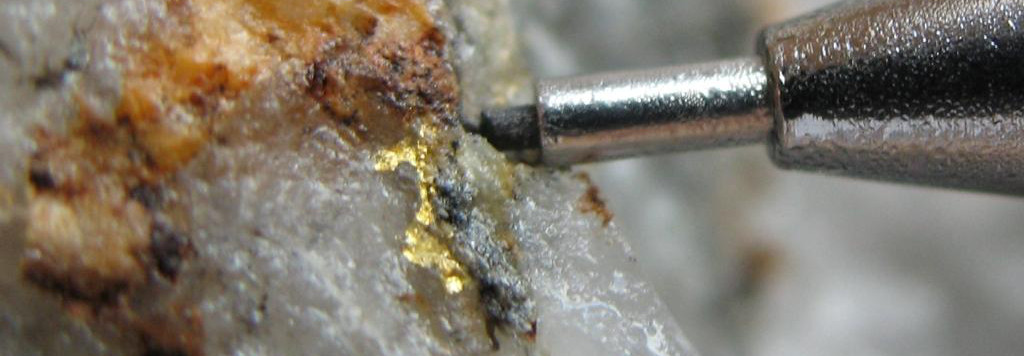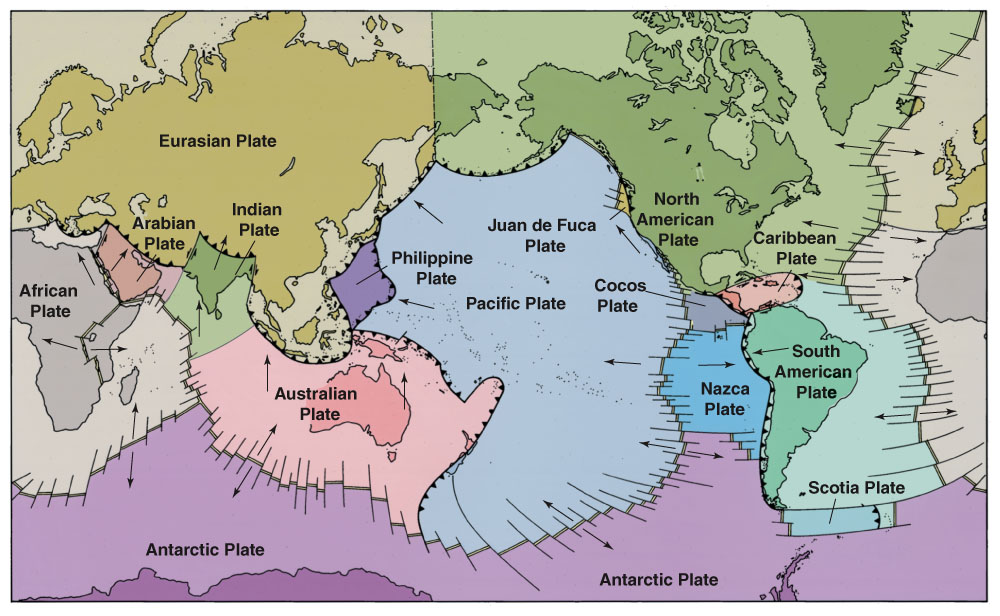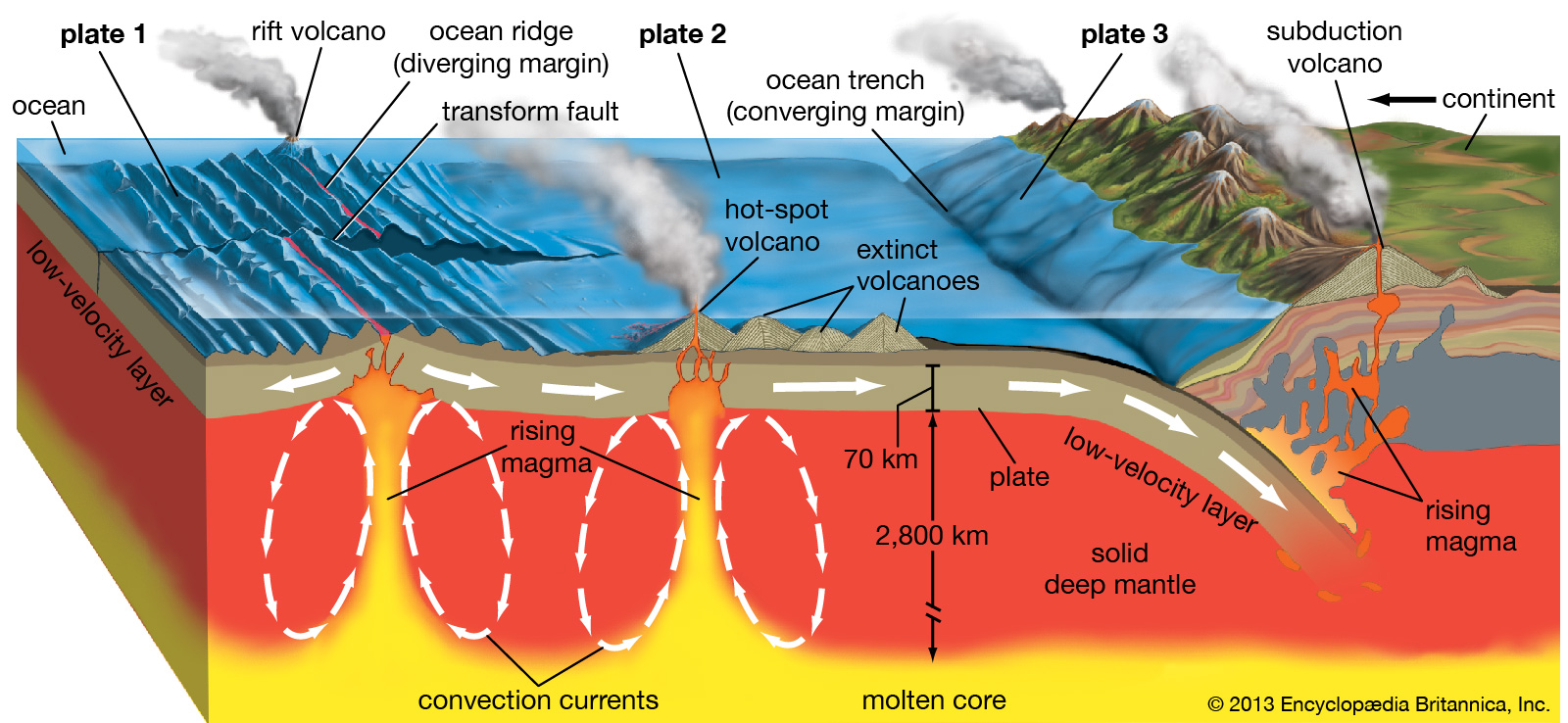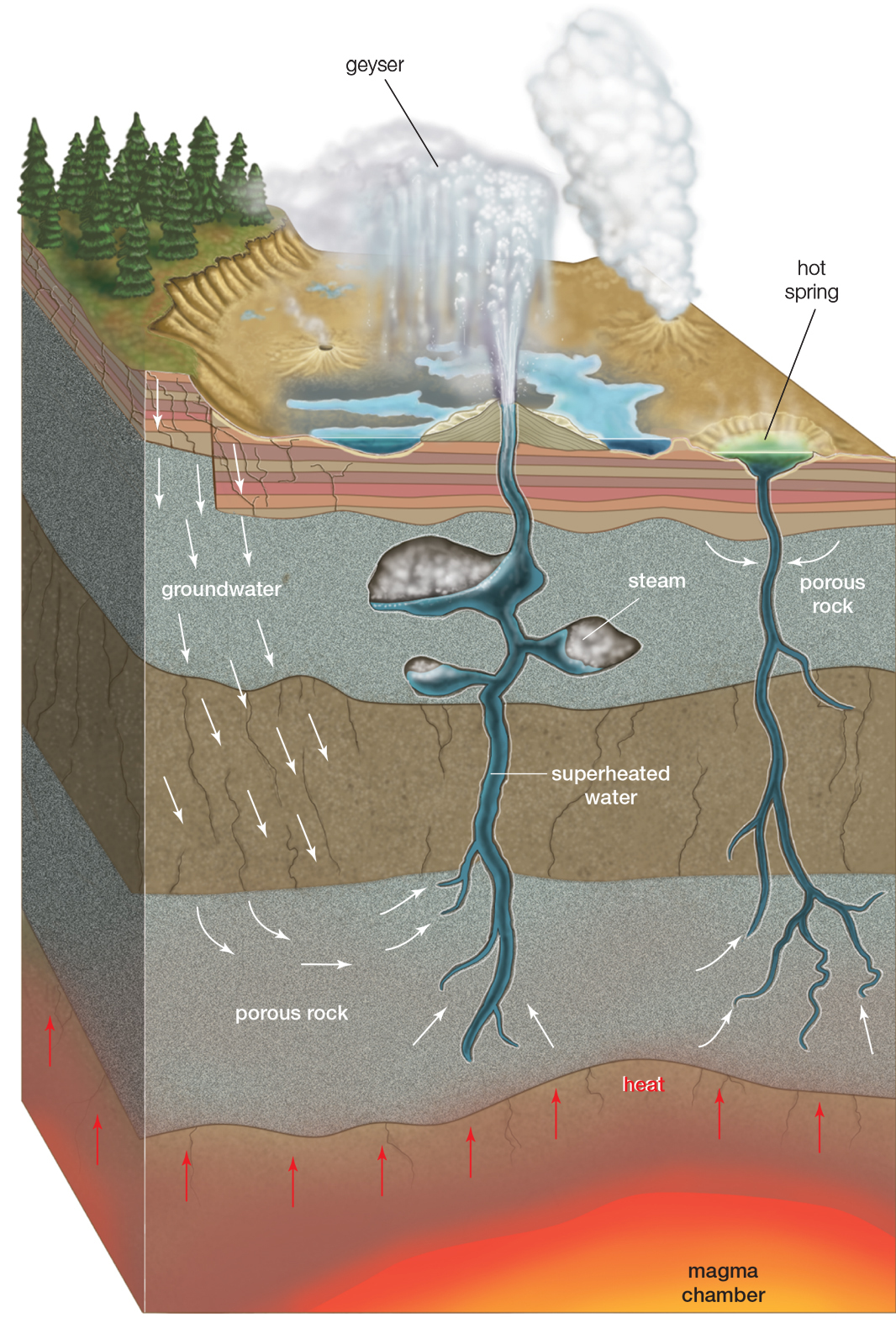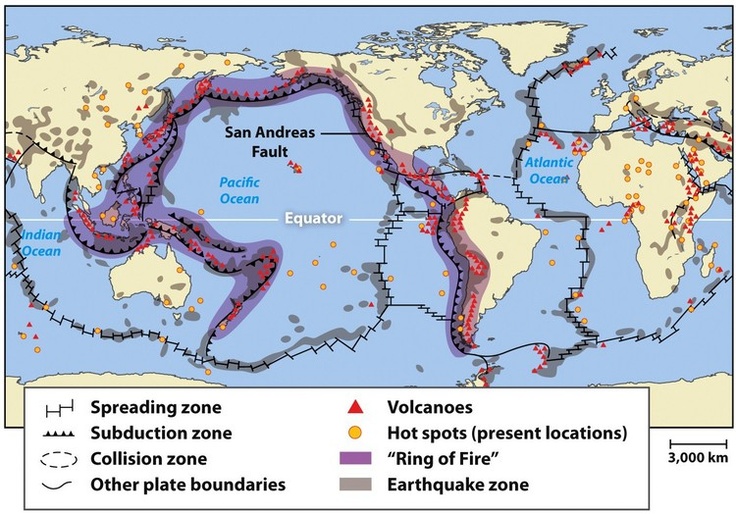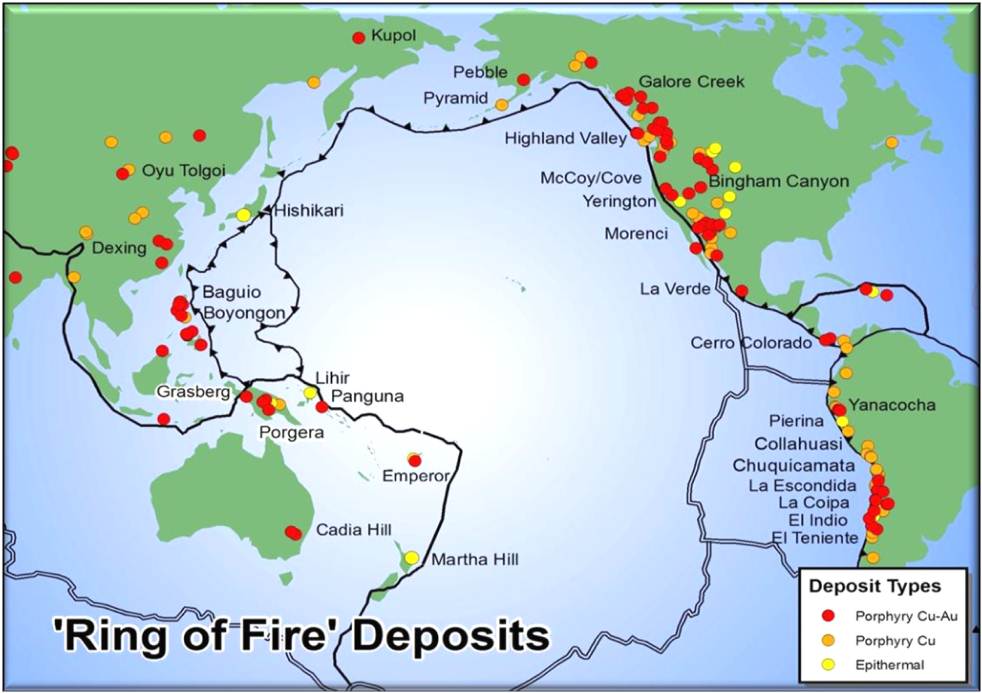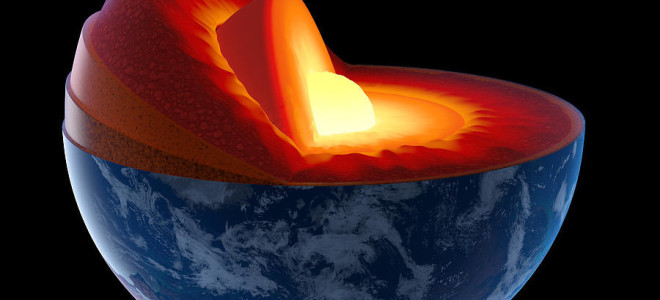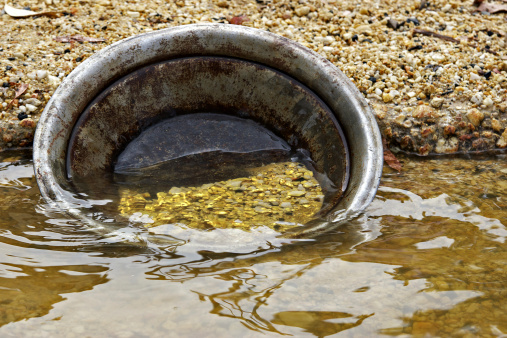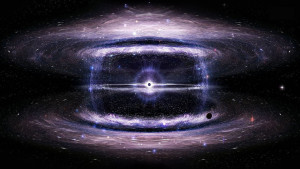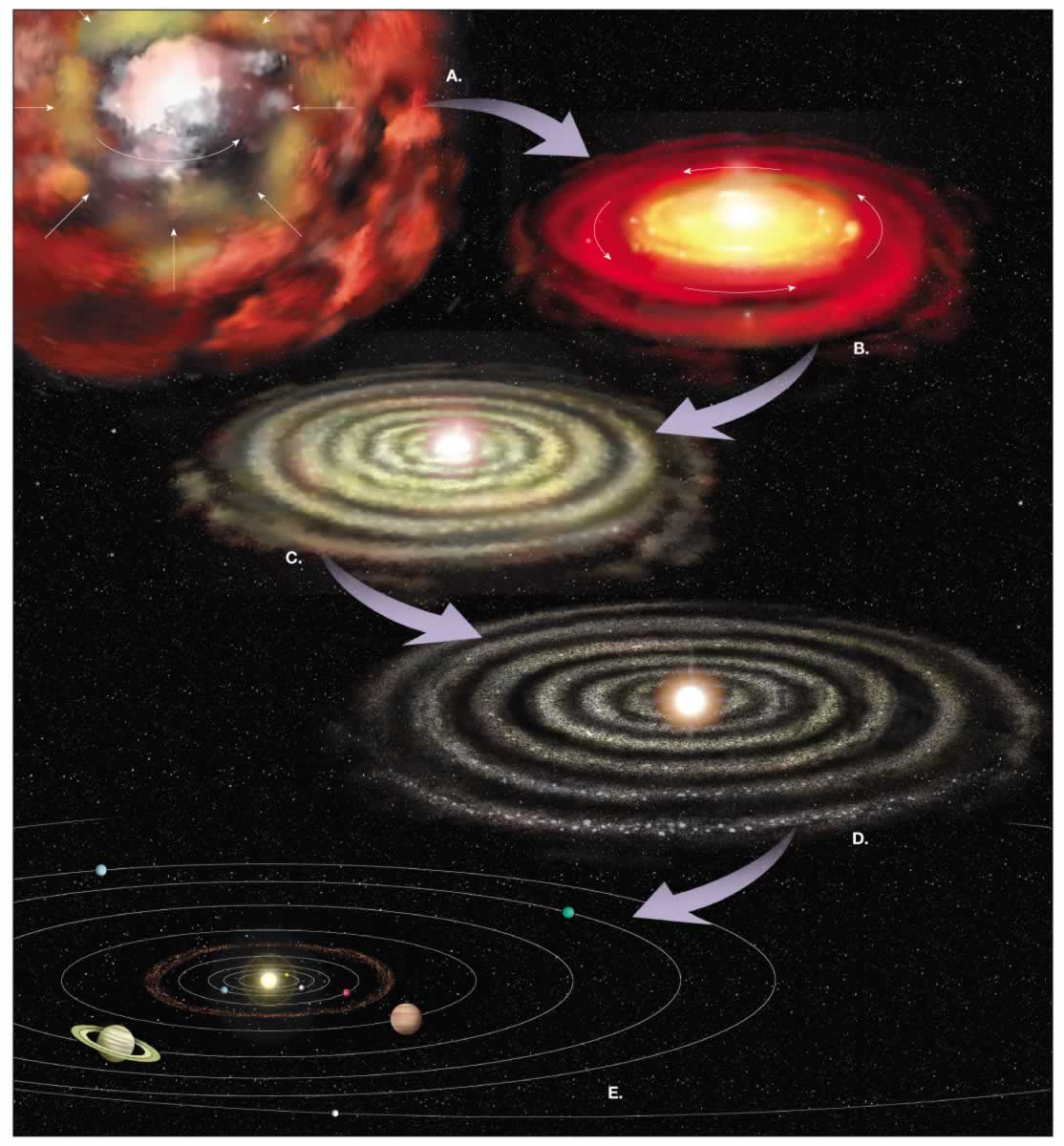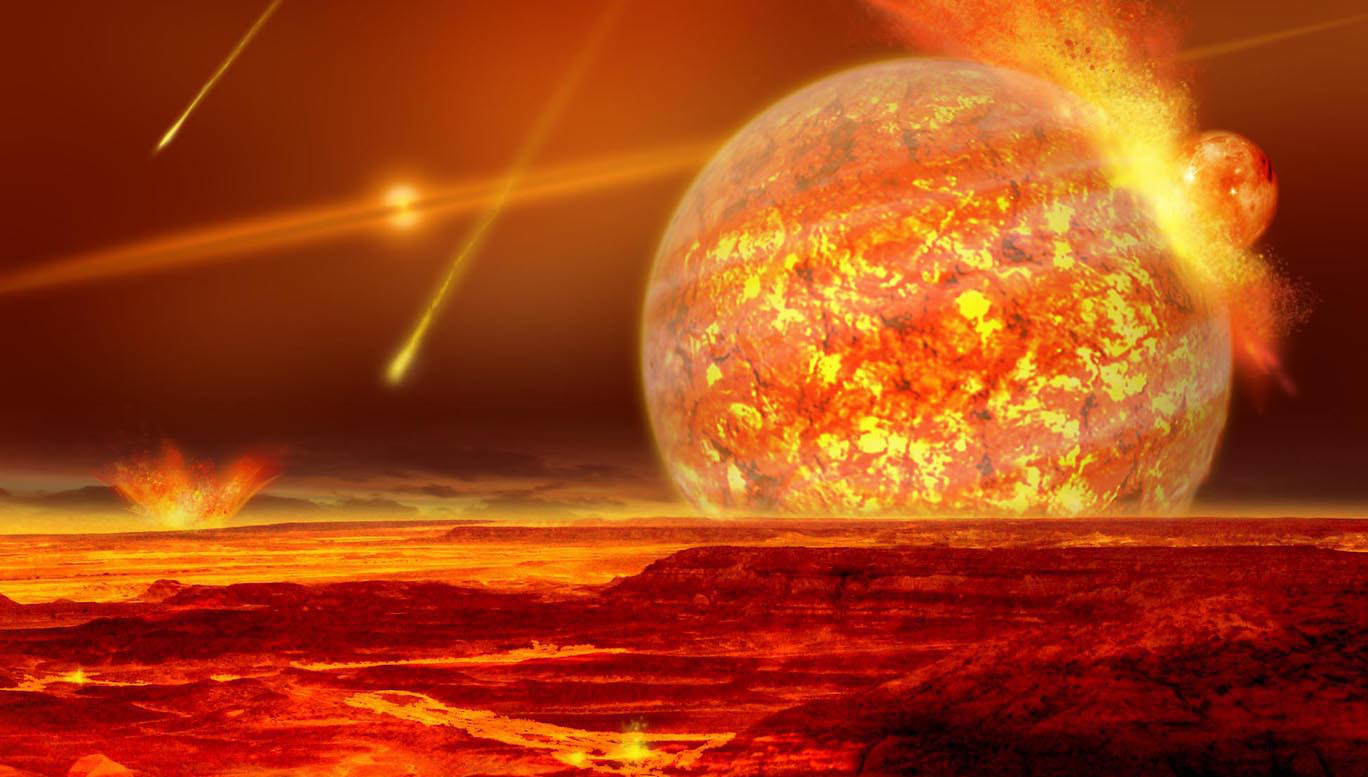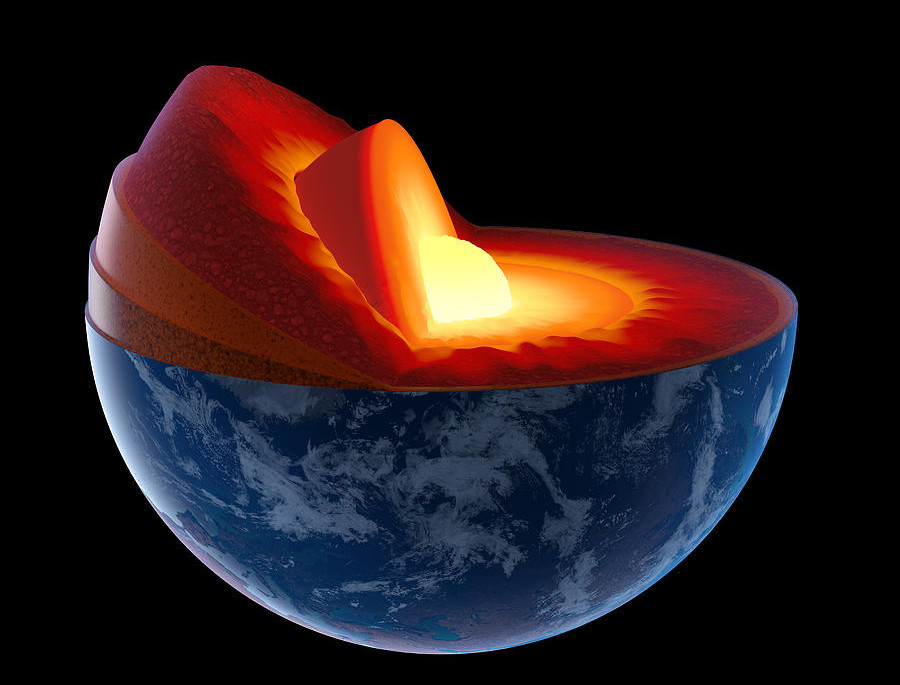In April I went to check out two claims in the area North of Lillooet, BC. These two claims are close to the one that I wrote about in my Southern Cariboo Prospecting Trip. On the way up the Fraser Canyon I stopped at the old Alexandra bridge to get a peep at a claim that I have on the other side of the river. The old bridge is part of the original Cariboo wagon road that serviced the gold rushes of the Fraser and Cariboo. The Alexandra bridge that stands today was built in the exact same spot of the original bridge from in 1861. The current bridge was completed in 1926. There’s a lot of history here.
In the second photo you can see the latest bridge in the distance that replaced the old suspension bridge in the 1960s. The old bridge has an open grate for a bridge deck. I’m not afraid of heights but it is a little hard to trust a bridge that has been decommissioned. There has to be a reason right?
Once again I travelled up the West Pavillion forest service road to do some gold panning. This time though the road frequency had been changed, and the new one wasn’t posted yet.
There were some phone numbers and a website posted but this area is outside of cell range so that is not really helpful. I had a my trusty Baofeng but it wasn’t any good without the proper channel. Here’s a link to the new posted channels for the area, FYI. According to that site the new channel is 150.11 MHz. Fortunately it was a quiet day on the road and I didn’t see anybody.
I got to the first claim later that day. I found a nice camp site near the dirt road and eagerly began hiking down to the river to take my first samples. It looked pretty steep on the topo maps and with my prior experience in the area I was expecting it to be. The maps were accurate and it was at least as ugly as I had imagined. Loose gravel and significant slope on the way in. I was hoping to find a more civilized route up once I got down to the river.
I managed to get a couple samples before the light started to fade. The samples that I take consist of two full pails each, and partially processed on site. I use the pyramid pan to concentrate that down to about 1L and store the samples in a waterproof zip lock bag for the hike out. It takes at least an hour to excavate each test hole in this area due to the abundance of large rocks making up the beach.
My hope of finding a “civilized” route was not fulfilled, I marked the climbing route in the above photo. I was faced with either hiking up the super steep talus slope or rock climbing up some exposed rock. I chose the rock climbing. I must mention that I am experienced with rock climbing and don’t recommend this course of action if you aren’t comfortable. Its not exactly safe, especially with a backpack loaded with a pick axe, shovel, 5 gallon pail, samples, gold pans and all the other prospecting gear. Not to mention no rope.
I made it up OK, with a little bit of a gut check at the top, then hiked the rest of the steep slope up to the camp for some well deserved beer and food. Little did I know that was just the beginning of the unexpected climbing on this trip. On the previous trip to this area we thought that climbing ropes and gear might be needed for these claims but it was impossible to tell until you come over the edge towards the river.
The second claim was just down river from a small canyon. This is a good thing for trapping gold but it does not make for easy access. It all looked good on the way down but it dropped off steeply as I descended towards the river. Pretty soon I found my self perched on top of what was a near vertical drop. I spotted a line down but I couldn’t see the whole path. At this point I was committed. The further I descended the worse it got and next thing I knew I was reverse rock climbing down to the beach.
Once again I hoped that I would find a better route up. This time around I knew it wasn’t going to be easy. I had a whole day of sampling to do so I’d worry about climbing out when the time comes. I managed to get three good samples from the beach and inevitably the time came to climb out. I knew the way in was very dangerous and didn’t know if I even could climb back up. The photos below show the route to the beach.
I spotted a route to rock climb out but it was nasty too. It looked like solid rock with good holds so I went for it. It turned out not to be solid and almost every hold I grabbed broke loose and slid down the slope. I got to a point about 3/4 the way up the rock climb section where I was certain that I was screwed. No way up and no way down. Not a good feeling. After several minutes of gathering my courage I decided I had no choice and went for it. Once I was on top and able to walk on my feet I was relieved and more than happy to hike up the rest of the steep slope to my camp. I didn’t get a great picture of the route up from the beach. The photo below shows the approximate route.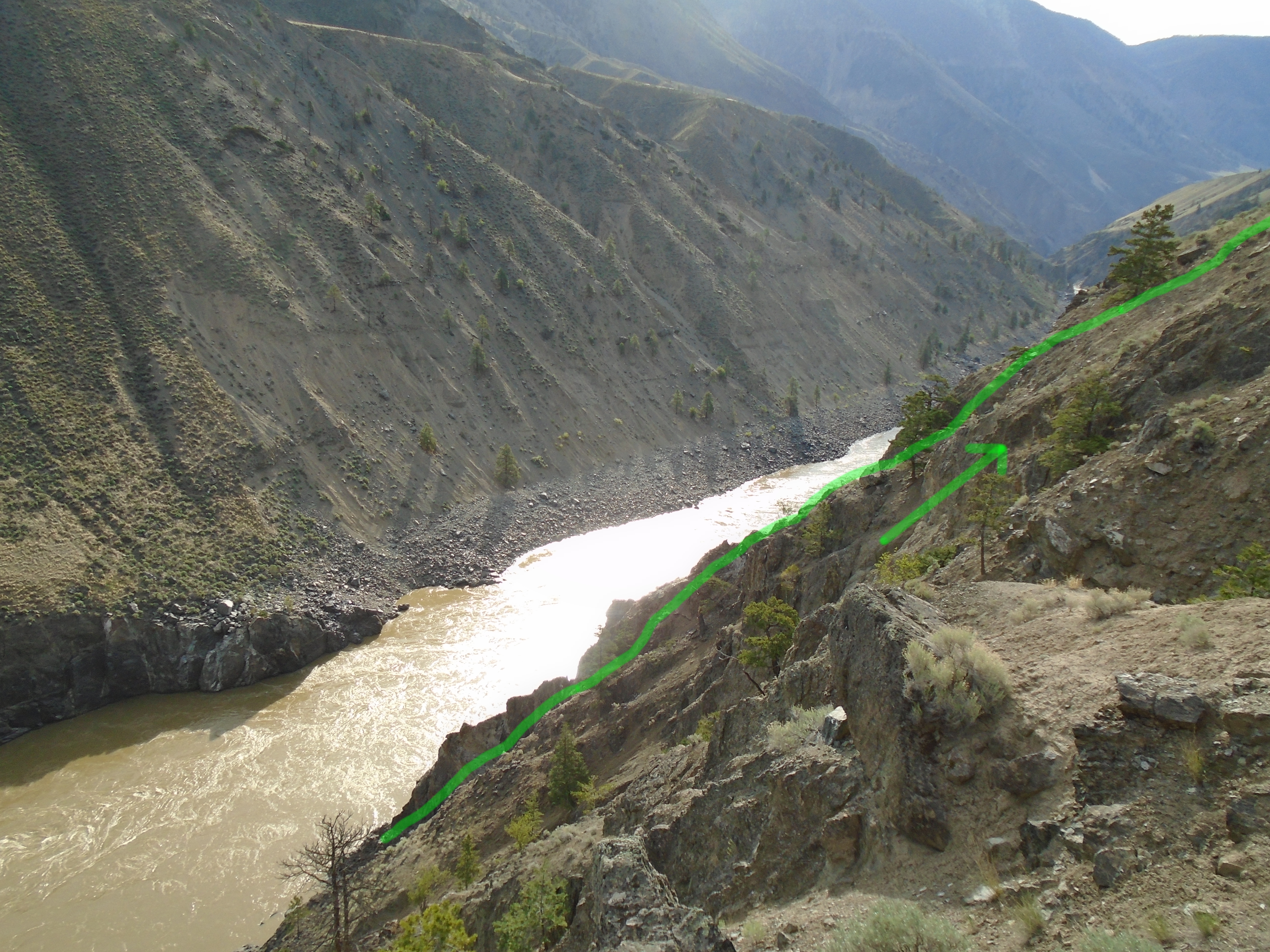
I’ve gotten myself into these sort of situations more times than I’d like to admit. Honestly though the unexpected situations are one of the most exciting parts of prospecting. At the time you are terrified and wonder how you ended up in this situation but afterwards those are some of your best memories. Without a sense of adventure who would go out to these places looking for gold? As luck would have it, these claims actually had some decent gold. The trouble is how am I going to get in there next time?

